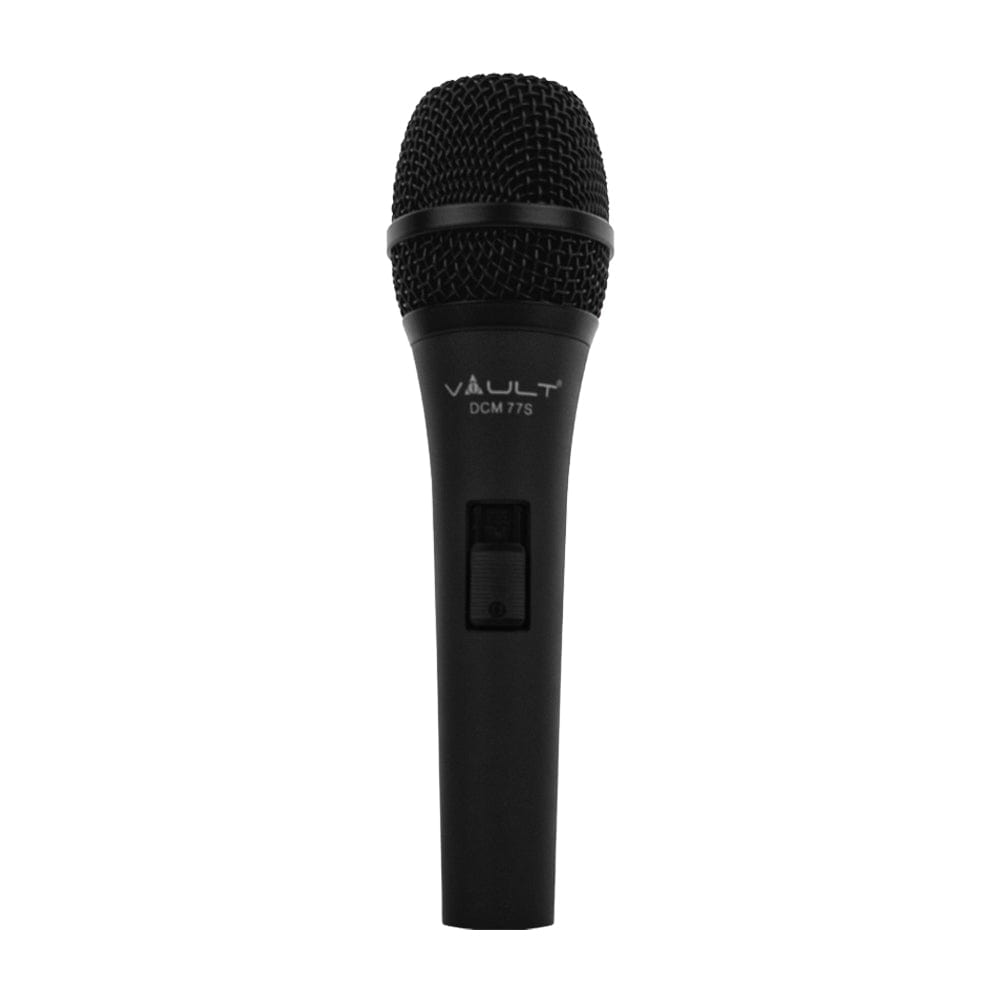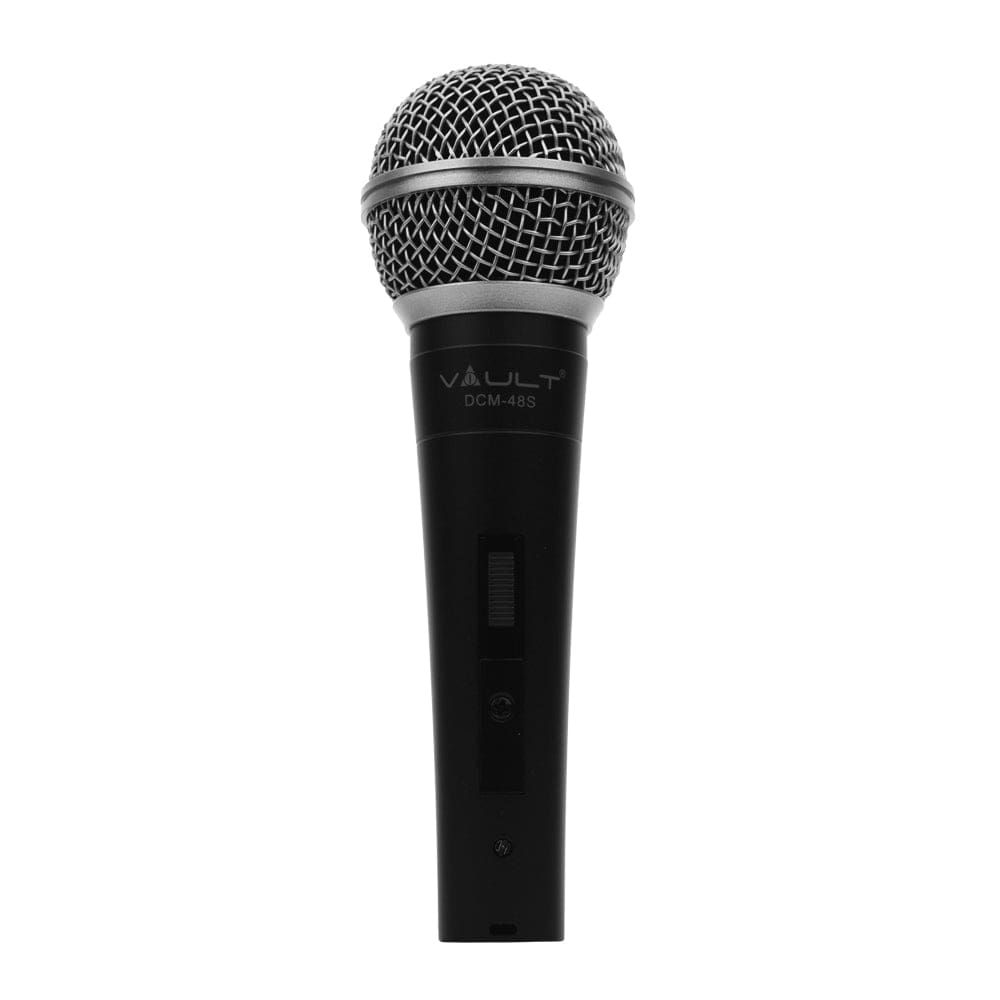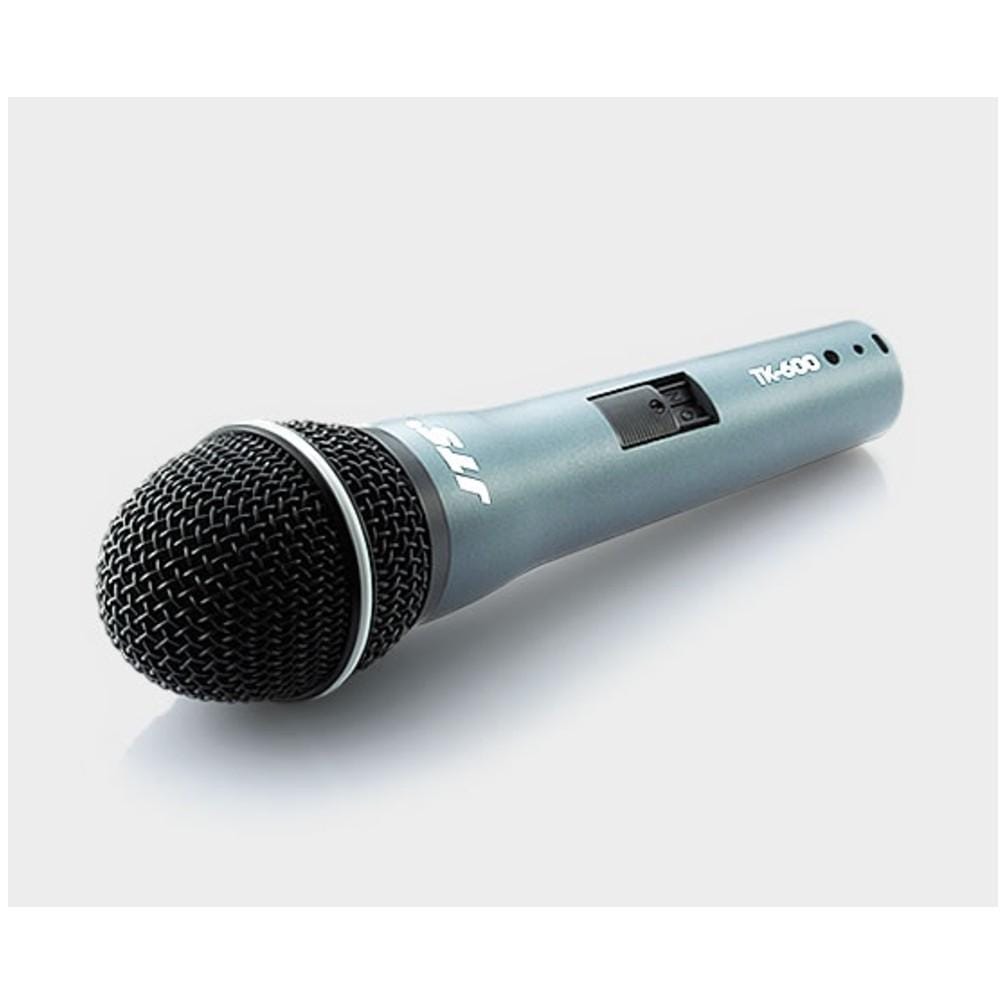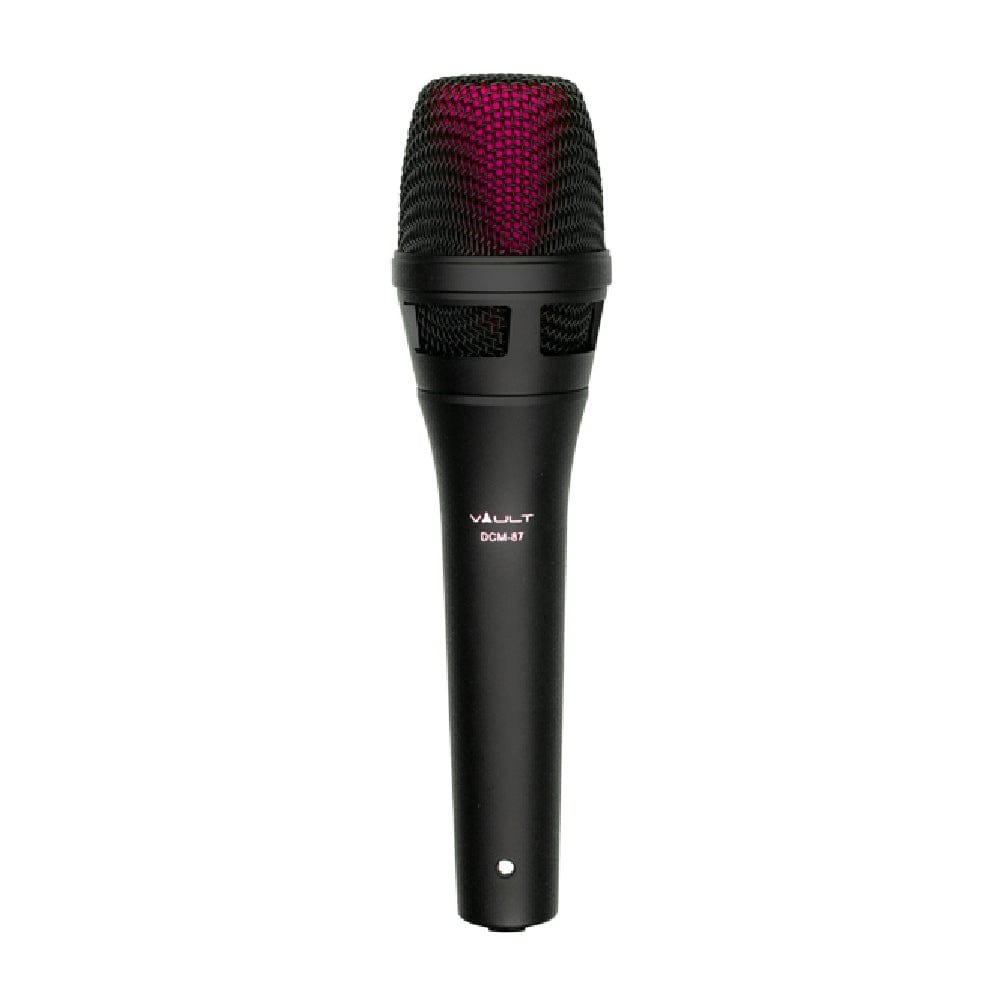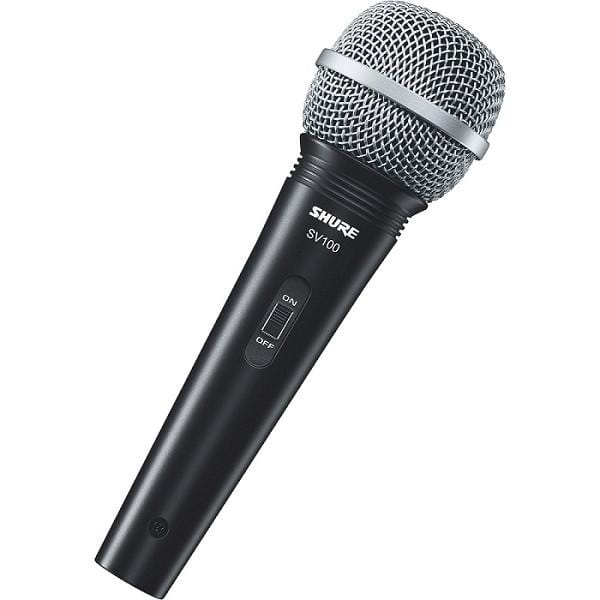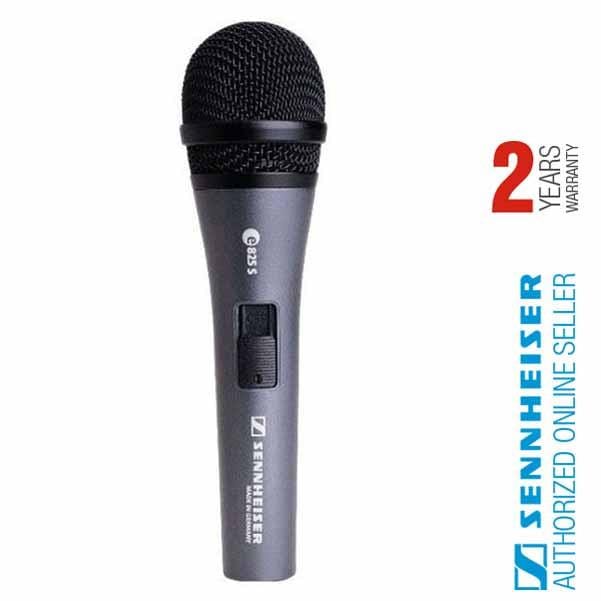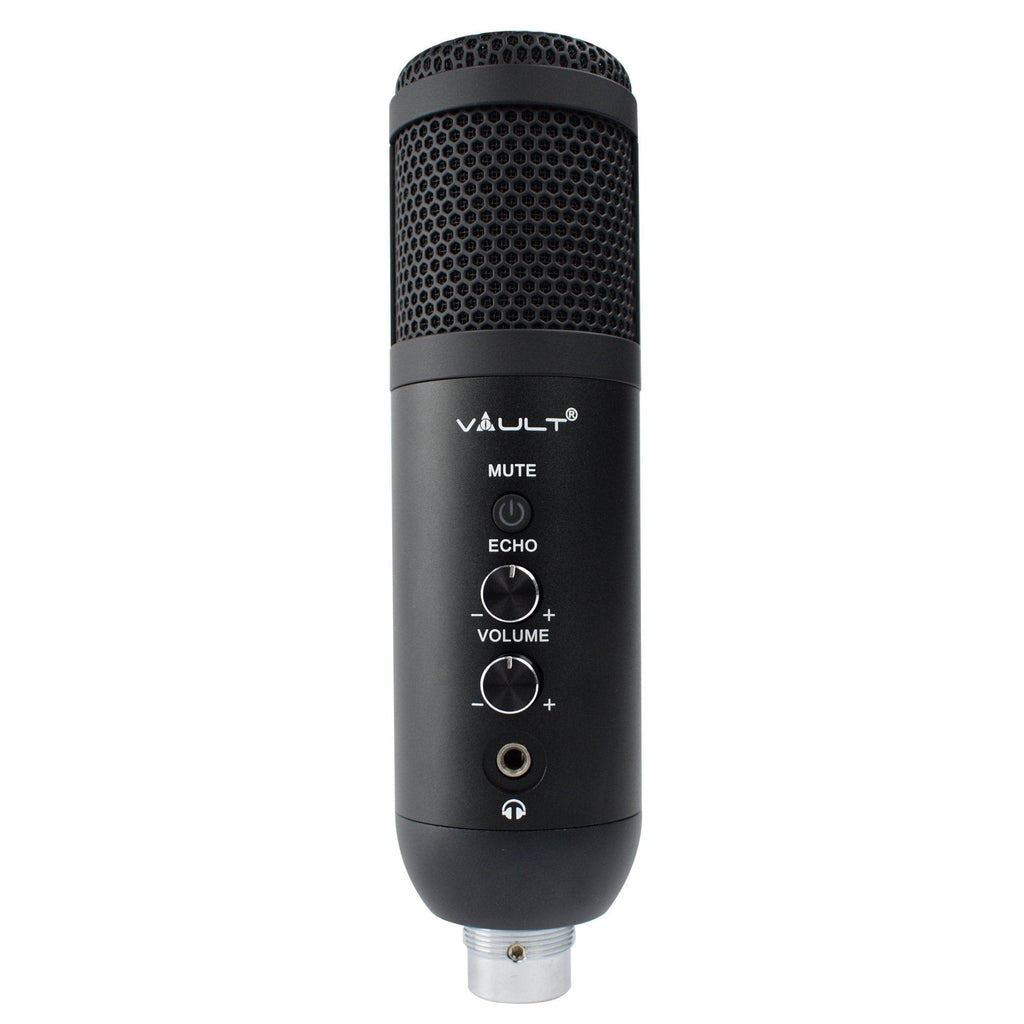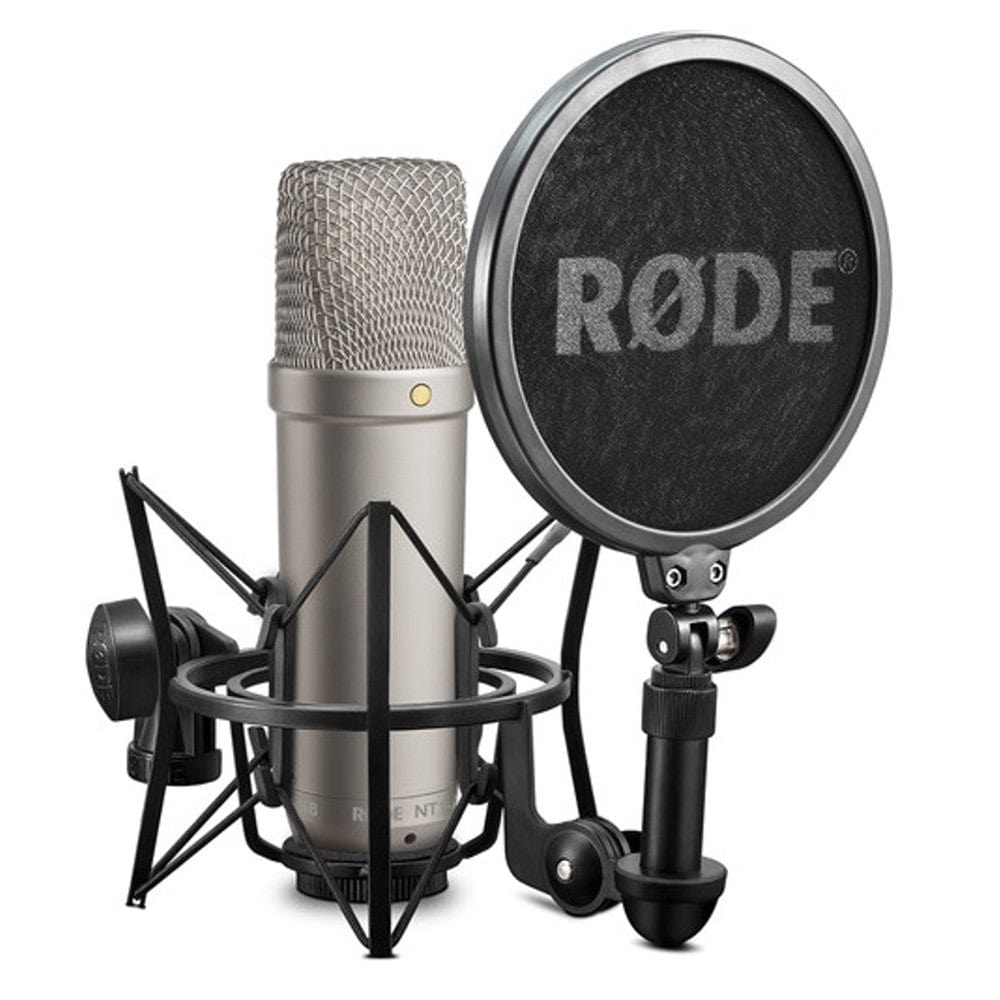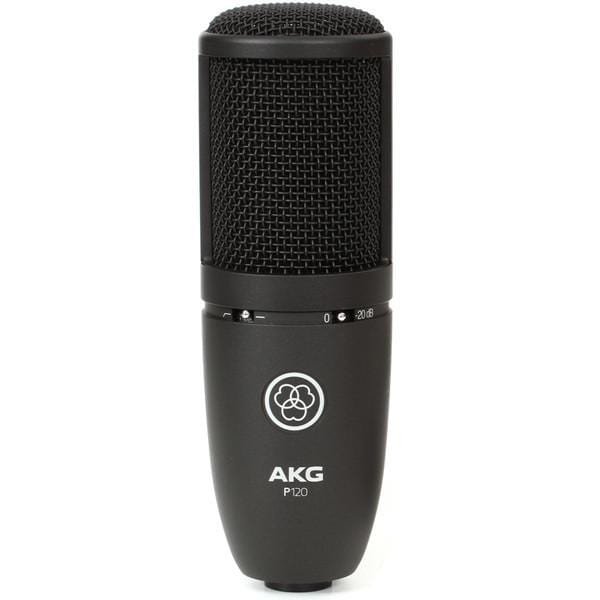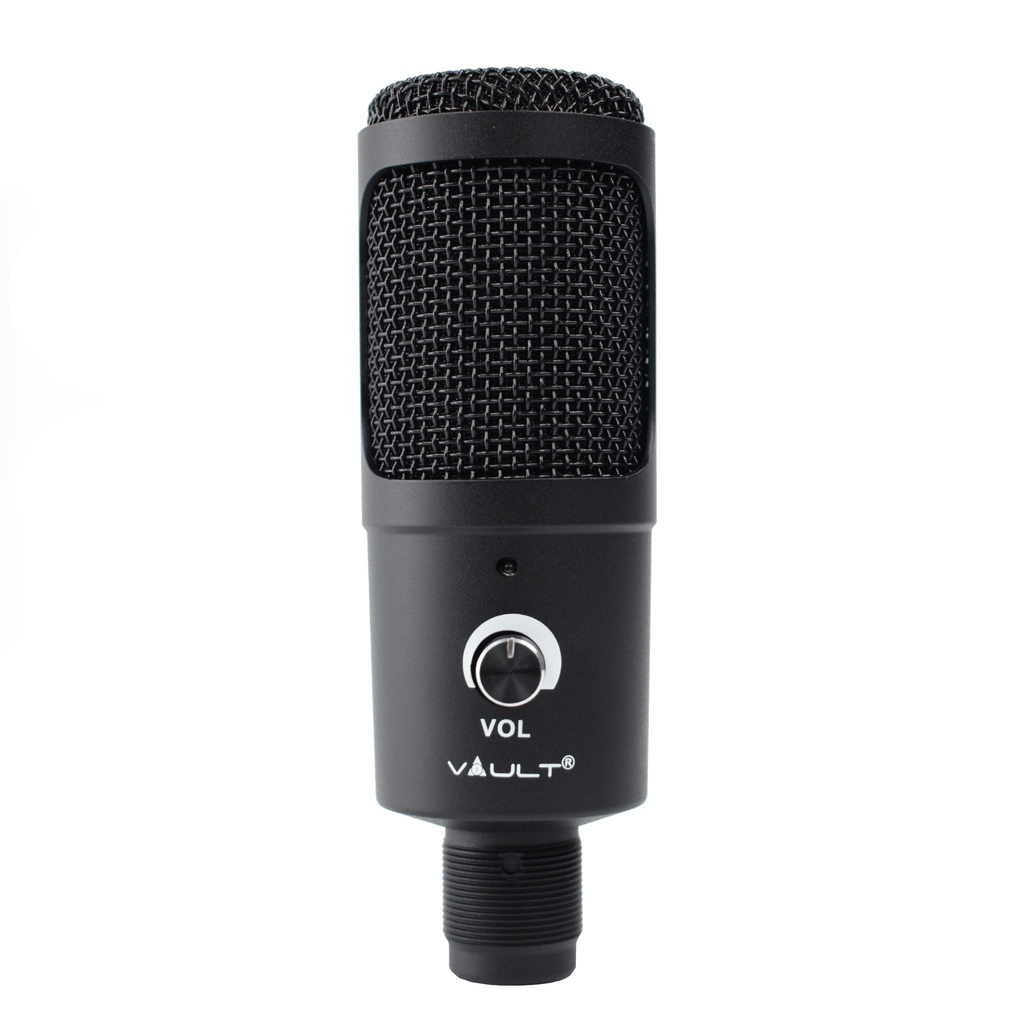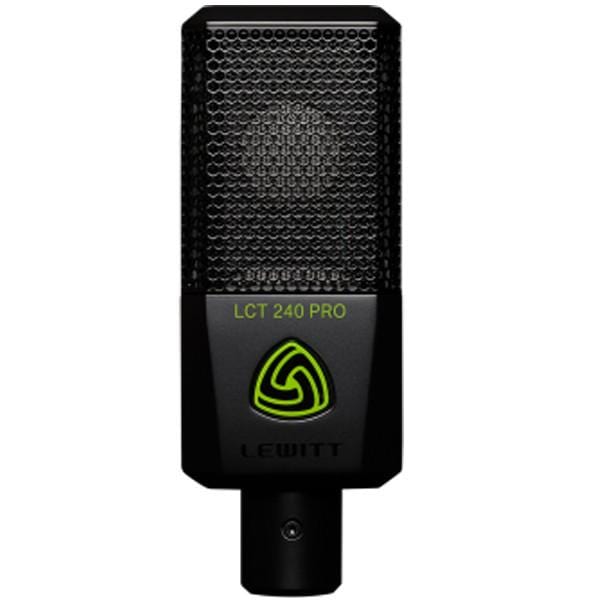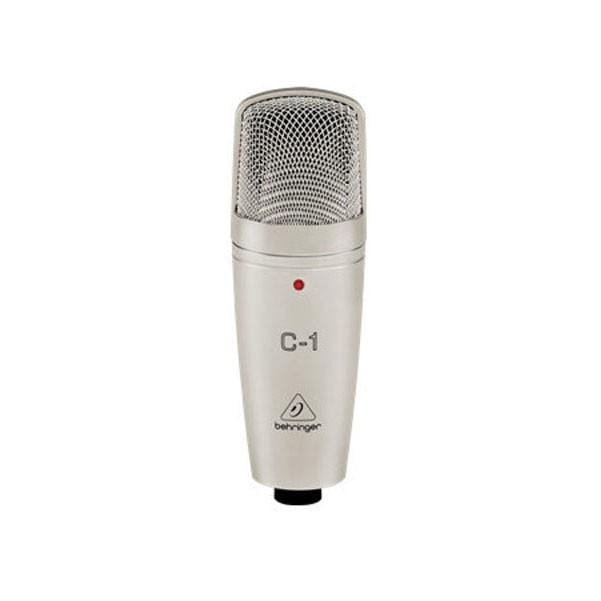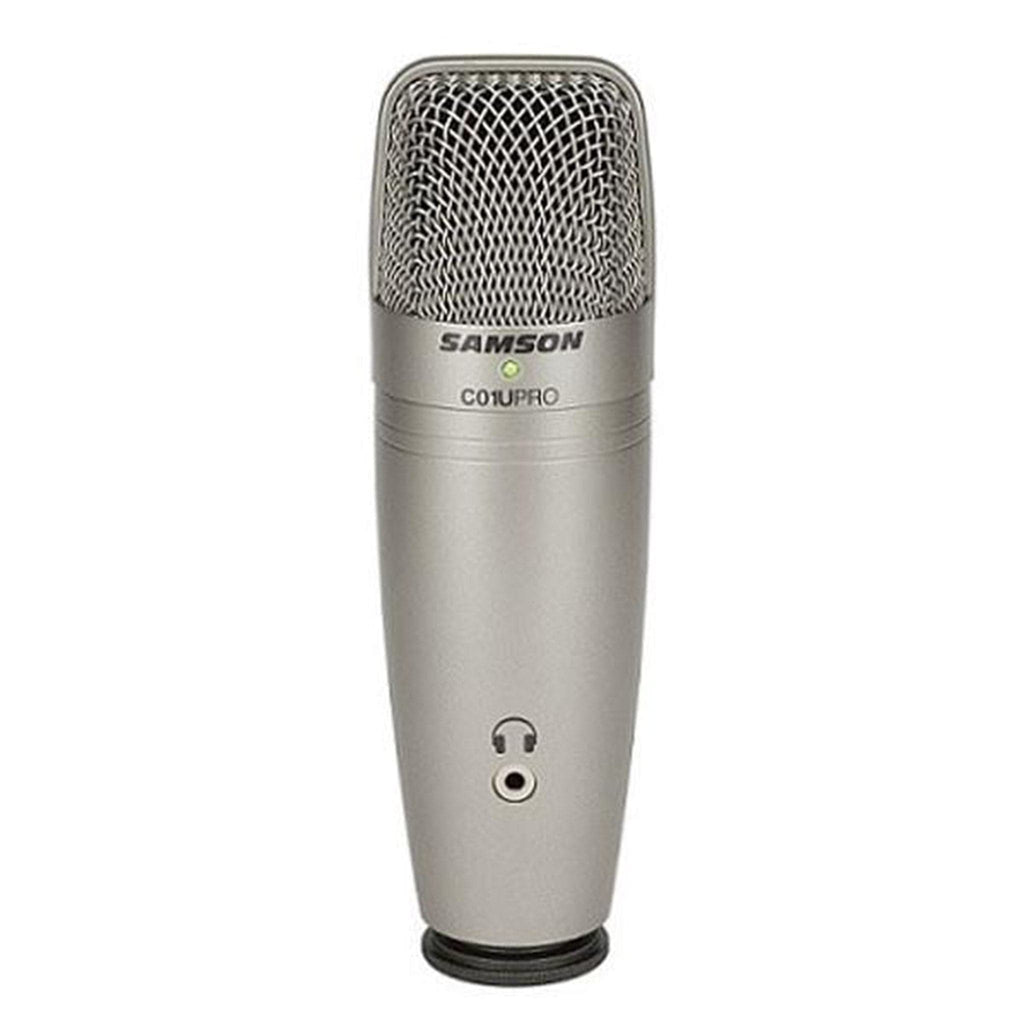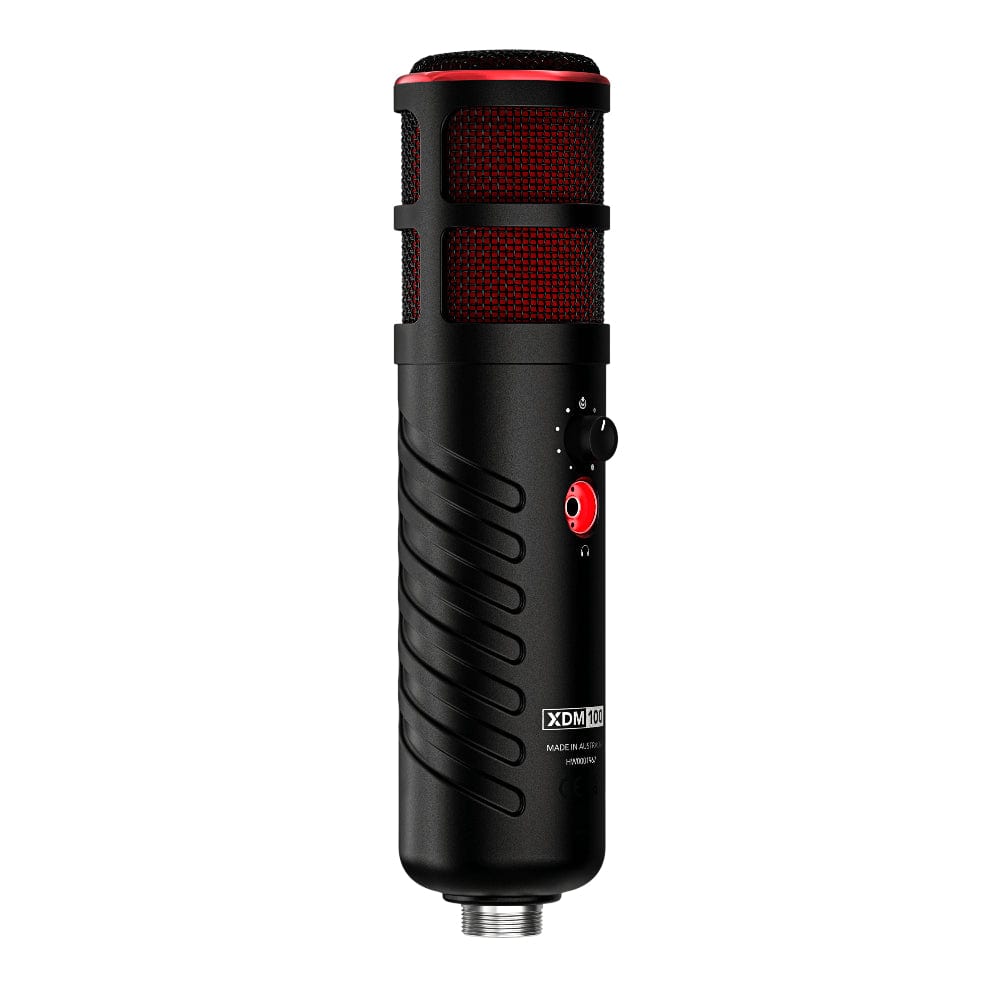Microphone Buying Guide: Finding Your Perfect Voice
Importance of choosing the right microphone
The world of audio capture is vast and nuanced, and the microphone you choose can make or break your recording. Whether you're a musician, podcaster, content creator, or someone seeking crystal-clear communication, selecting the right microphone is pivotal. It's not just about picking any mic; it's about finding the one that complements your voice, environment, and intended use.
In this comprehensive guide, our aim is to demystify the complex world of microphones. We'll walk you through various types, highlight key features, and provide practical insights to empower you in making an informed decision. Whether you're a beginner navigating through terminology or an experienced user looking for the next upgrade, this guide is tailored to meet your needs.
Understanding microphone features is crucial in making a wise purchase. Elements like polar patterns, frequency response, sensitivity, and connectivity options play a significant role in how a microphone captures sound. We'll break down these technicalities in a digestible manner, making it easier for you to comprehend their importance in your selection process
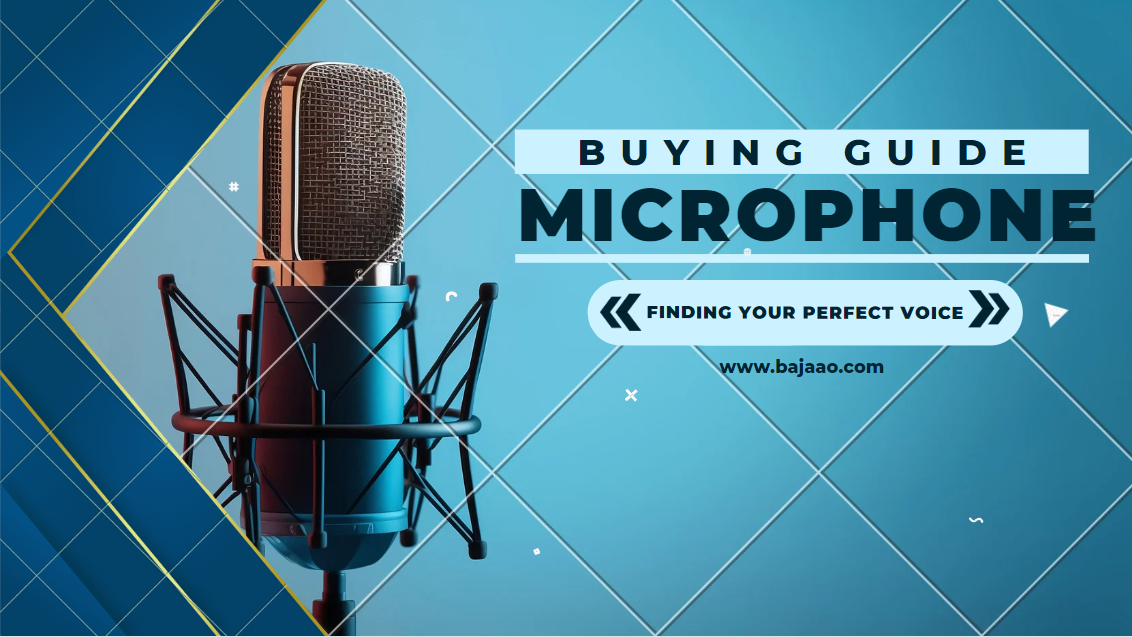
Types of Microphones
There are three main types of Microphones available in the market:
Dynamic Microphones:
Dynamic microphones are known for their ruggedness and versatility. These mics utilize a simple design with a coil attached to a diaphragm that moves within a magnetic field, generating an electrical signal. Their robust construction allows them to handle high sound pressure levels, making them ideal for live performances, recording loud instruments like drums, guitar amps, and for vocals on stage. Due to their ability to handle loud volumes without distortion, they're also commonly used in environments with significant ambient noise.
Dynamic microphones excel in capturing a wide frequency range, offering a balanced sound reproduction suitable for various applications. Their durability makes them a preferred choice for touring musicians, broadcasters, and any setting where reliability is key.
Popular Models and Brands
Renowned for their reliability and quality, some iconic dynamic microphones dominate the industry. The JTS TK 600 is a staple for live vocals, celebrated for its durability and clear sound output. Another favorite, the Shure SM58S, is popular in broadcast studios, known for its warm tone and exceptional rejection of off-axis noise.
Noteworthy brands like Sennheiser, Audio-Technica, and AKG also offer a range of dynamic microphones. Models such as the Sennheiser E825S and the Audio-Technica ATR1300X showcase the diversity available, catering to various preferences and budgets.
Understanding these models' unique characteristics and intended applications can significantly impact your microphone choice based on your specific needs.
Condenser Microphone:
Condenser microphones are a type of microphone known for their sensitivity in capturing sound details. They work using a diaphragm placed near a fixed plate to create a capacitor that reacts to sound waves. This design allows them to capture a wide range of frequencies and subtle nuances in sound. They're often preferred for recording vocals, acoustic instruments, and other audio sources where capturing fine details is important. However, they can be more sensitive to background noise and handling vibrations compared to other microphone types.
Advantages and Disadvantages
Condenser microphones are revered for their exceptional sensitivity and accuracy in capturing vocals and subtle sound details. Their construction involves a lightweight diaphragm placed near a fixed plate, forming a capacitor that reacts to sound waves. This design enables condenser mics to offer superior transient response and extended frequency range compared to dynamic microphones. However, their sensitivity can sometimes pick up unwanted background noise or handling vibrations, which might require controlled recording environments.
Advantages:
High sensitivity and accuracy in capturing details
Superior transient response and extended frequency range
Disadvantages:
Susceptibility to picking up background noise and handling vibrations
Typically more fragile and may require careful handling
Ideal Scenarios for Use
Condenser microphones shine in controlled studio environments where background noise can be minimized. They are a top choice for recording vocals, acoustic instruments, pianos, and nuanced audio sources where capturing fine nuances and details is crucial. Their ability to capture high frequencies and transients makes them excellent for capturing the subtleties of a performance.
Notable Condenser Microphone Options
A multitude of condenser microphones cater to varying needs and preferences. The Lewitt LCT 440 is an industry-standard, prized for its transparent sound and versatility across various recording applications. Another popular choice, the Rode NT1A, offers multiple polar patterns and a broad frequency response, making it a versatile option for studios. Additionally, the Audio-Technica AT2020 provides exceptional quality at a more affordable price point, making it a favorite among home studio enthusiasts.
These options highlight the diversity in condenser microphones, offering different features and performance levels for various recording needs.
USB Microphones:
USB microphones are a type of microphone that directly connects to computers or devices via a USB port. Unlike traditional microphones that often require additional equipment like audio interfaces or mixers, USB microphones have built-in analog-to-digital converters. This feature allows them to convert analog audio signals into digital data, enabling direct recording into software applications without the need for extra gear. They're known for their convenience, plug-and-play functionality, and suitability for various uses like podcasting, streaming, voiceovers, and home studio recordings.
Convenience and Ease of Use
USB microphones have gained popularity for their plug-and-play convenience. They connect directly to computers or devices via USB, eliminating the need for additional audio interfaces or mixers. This simplicity makes them incredibly user-friendly, especially for beginners or those seeking a hassle-free setup. With their integrated analog-to-digital converters, USB mics transform analog audio signals into digital data, making them suitable for direct recording into software applications.
Considerations for Different Applications
USB microphones are versatile and suit various applications, from podcasting and streaming to voiceovers and home studio recordings. Their ease of use makes them perfect for content creators, vloggers, and musicians seeking a straightforward recording solution. However, while they offer convenience, some high-end studio or professional applications might benefit from dedicated XLR microphones and interfaces for better control and audio quality.
Recommended USB Microphone Models
Several USB microphone models cater to different needs and preferences. These USB microphone models showcase the diverse options available, offering different features and quality levels for different user requirements.
USB Microphones:
USB microphones are a type of microphone that directly connects to computers or devices via a USB port. Unlike traditional microphones that often require additional equipment like audio interfaces or mixers, USB microphones have built-in analog-to-digital converters. This feature allows them to convert analog audio signals into digital data, enabling direct recording into software applications without the need for extra gear. They're known for their convenience, plug-and-play functionality, and suitability for various uses like podcasting, streaming, voiceovers, and home studio recordings.
Convenience and Ease of Use
USB microphones have gained popularity for their plug-and-play convenience. They connect directly to computers or devices via USB, eliminating the need for additional audio interfaces or mixers. This simplicity makes them incredibly user-friendly, especially for beginners or those seeking a hassle-free setup. With their integrated analog-to-digital converters, USB mics transform analog audio signals into digital data, making them suitable for direct recording into software applications.
Considerations for Different Applications
USB microphones are versatile and suit various applications, from podcasting and streaming to voiceovers and home studio recordings. Their ease of use makes them perfect for content creators, vloggers, and musicians seeking a straightforward recording solution. However, while they offer convenience, some high-end studio or professional applications might benefit from dedicated XLR microphones and interfaces for better control and audio quality.
Recommended USB Microphone Models
Several USB microphone models cater to different needs and preferences. These USB microphone models showcase the diverse options available, offering different features and quality levels for different user requirements.
Key Features to Consider
Polar Patterns
Microphones come with different polar patterns that determine their sensitivity to sound from various directions:
Omnidirectional: Captures sound equally from all directions, ideal for ambient recordings or group settings.
Cardioid: Picks up sound mainly from the front while reducing noise from the sides and rear, perfect for solo performances or podcasting.
Bidirectional: Captures sound from the front and back while minimizing side noise, suitable for interviews or duet recordings
Choosing the Right Pattern for Specific Applications
Selecting the appropriate polar pattern depends on the recording environment and intended use. Omnidirectional suits scenarios needing ambient sound, while cardioid works best for solo recordings, and bidirectional is great for two-person dialogues or instruments that need front-and-back capture
Frequency Response
Understanding Frequency Ranges
Frequency response refers to a microphone's ability to capture different frequencies. It's typically depicted in a range, like 20Hz to 20kHz, indicating the lowest to highest frequencies it can capture. Lower frequencies suit bass-heavy sounds, while higher frequencies capture details like cymbals or vocals.
Tailoring Frequency Response to Your Needs
Choosing a microphone with an appropriate frequency response aligns with the audio you're capturing. For instance, vocals might benefit from a wide frequency response, while instruments like bass guitars might emphasize lower frequencies.
Sensitivity and SPL Handling
Importance of Sensitivity in Capturing Sound
Sensitivity measures how well a microphone converts sound pressure into an electrical signal. Higher sensitivity means it captures quieter sounds accurately.
SPL Handling for Loud Environments
Sound Pressure Level (SPL) handling denotes a mic's ability to handle loud volumes without distortion. Mics with higher SPL handling are suitable for loud environments like live concerts or drum recordings.
Connectivity Options
XLR vs. USB: Pros and Cons
XLR connections offer balanced audio and are common in professional setups, providing better noise rejection and flexibility. USB connections are convenient and offer direct computer compatibility but might sacrifice some audio quality compared to XLR setups.
Compatibility with Different Devices
Consider the devices you'll be using. XLR mics require audio interfaces or mixers, while USB mics connect directly to computers or devices. Ensure your chosen connectivity aligns with your recording setup and devices.
Applications and Use Cases
Studio Recording
In studio environments, microphones with high sensitivity, wide frequency response, and low self-noise excel. Condenser microphones are often favored for their accuracy and detail capture. Large-diaphragm condensers, like the Neumann U87 or the AKG C414, are revered for their versatility and transparent sound.
Podcasting and Streaming
Podcasters and streamers often seek microphones with clear audio reproduction, good off-axis rejection to minimize background noise, and ease of setup. USB microphones like the Blue Yeti or Audio-Technica AT2020USB+ are popular choices due to their plug-and-play functionality and quality sound output.
Live Performances
Microphone Options for Live Events
For live performances, durability, feedback rejection, and reliability are key factors. Dynamic microphones like the Shure SM58 or the Sennheiser e835 are popular due to their robustness and ability to handle high SPL without distortion.
Considerations for Stage Use
Select microphones with cardioid polar patterns to reduce feedback from monitors and ambient noise. Additionally, mics with effective shock mounts and rugged construction withstand the rigors of live performances.
Additional Accessories
Shock Mounts, Pop Filters, and Windshields
Shock Mounts: These accessories isolate the microphone from vibrations and handling noise, ensuring cleaner recordings. They're especially useful in studio setups or for sensitive condenser microphones.
Pop Filters: Placed in front of the microphone, pop filters reduce plosive sounds (like "p" and "b" sounds) and control airflow, preventing unwanted noise disruptions during recording.
Windshields: Outdoor or live settings often encounter wind noise. Windshields, typically foam or fur covers, minimize this interference, allowing for clearer audio capture.
Shock Mount
Pop Filters
Windshields
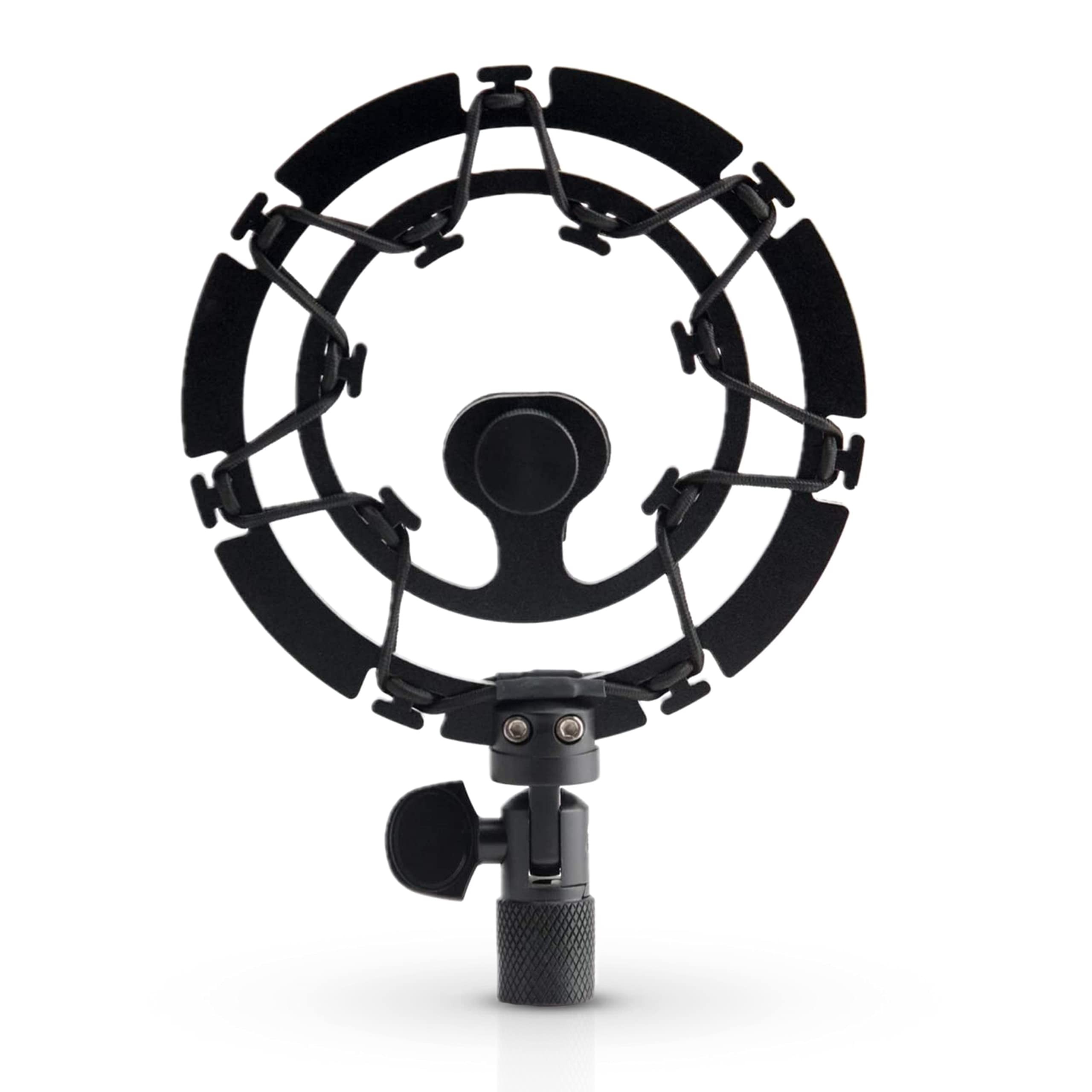
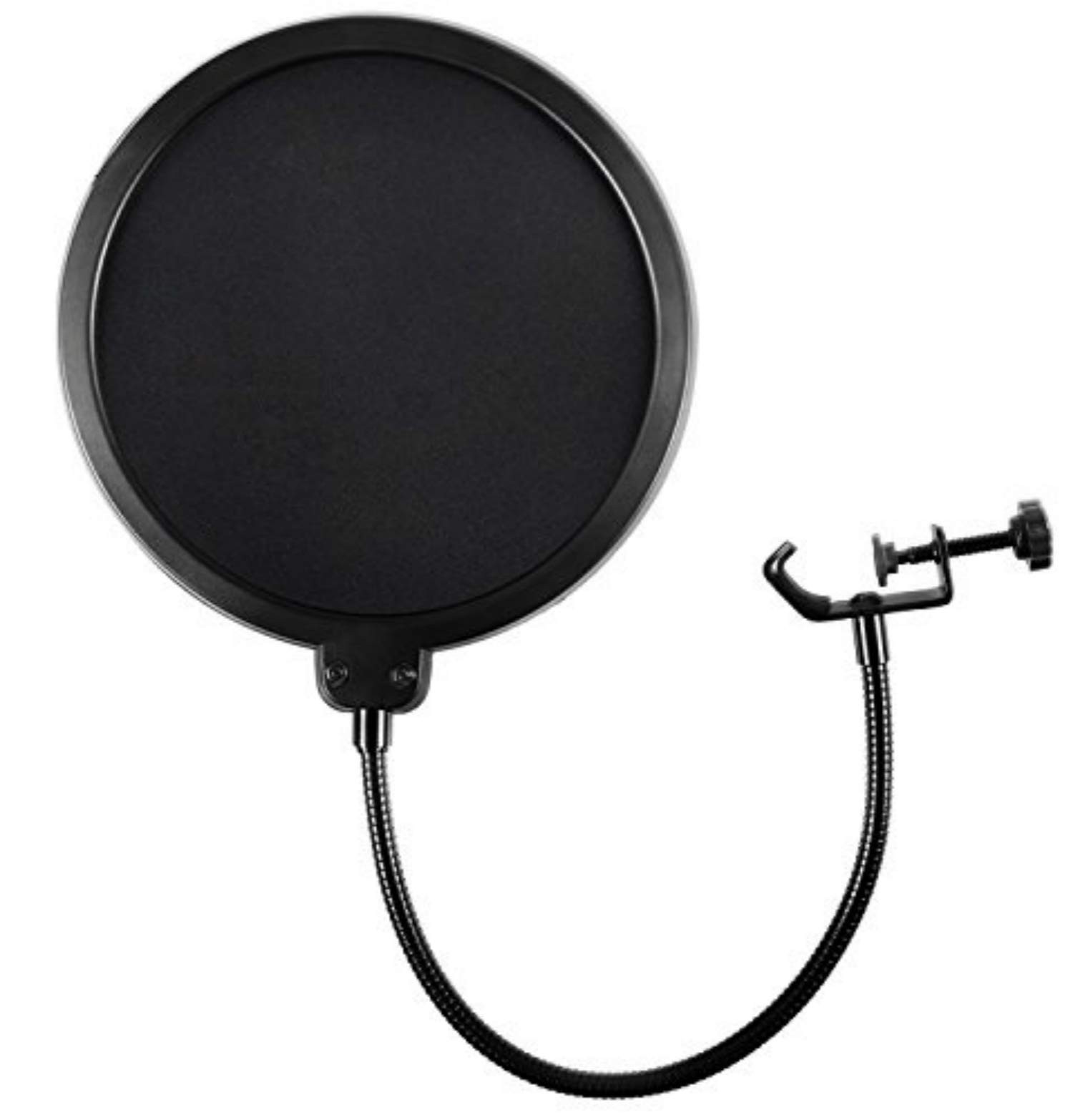

Importance of a Good Microphone Stand
A reliable microphone stand provides stability and positioning flexibility for optimal recording. It assists in finding the right angle and height, maintaining consistency during recordings, and reducing handling noise. Stands with adjustable height and boom arms offer versatility for various setups and recording scenarios.
Cases and Storage for Microphone Protection
Protecting your microphone investment is crucial. Cases and storage options safeguard against physical damage, moisture, and dust when not in use or during transportation. Custom-fit cases designed for specific microphone models offer the best protection, ensuring they remain in optimal condition for longer.
Maintenance and Care
Cleaning and Proper Storage Tips
Cleaning:
Use a soft brush or microfiber cloth to gently remove dust and debris from the microphone's body and grille.
For more stubborn dirt or smudges, lightly dampen a cloth with water or a mild detergent solution and carefully wipe the surface. Avoid excessive moisture or getting water into the microphone's internals.
For condenser microphones, use compressed air to clean the diaphragm, maintaining a safe distance to prevent damage.
Proper Storage:
Store microphones in their designated cases or pouches to shield them from dust, moisture, and physical damage.
Ensure the storage area maintains a stable temperature and humidity level to prevent any potential damage to the microphone components.
Troubleshooting Common Microphone Issues
Low Output or No Sound:
Check the cable connections and ensure they're securely plugged in.
Test the microphone on another device to rule out equipment issues.
For condenser mics, confirm that phantom power (if required) is activated.
Distorted or Clipping Audio:
Lower the microphone's input gain or adjust levels on the recording device to prevent clipping.
If using a dynamic microphone in high-SPL environments, consider using a pad or lowering the input gain to avoid distortion.
Background Noise or Hissing:
Check for any interference sources near the microphone (such as electronic devices or power sources) and move the microphone away from them.
Ensure the recording environment is properly treated to minimize ambient noise.
Handling Noise or Plosives:
Use a shock mount to isolate the microphone from vibrations caused by handling.
Employ a pop filter to reduce plosive sounds when recording vocals.
Conclusion
Recap of Key Points
Throughout this guide, we've explored the intricate world of microphones, delving into crucial aspects to consider when choosing the perfect one. From understanding different microphone types to deciphering key features and exploring various applications, we've aimed to provide a comprehensive roadmap for your microphone journey.
Encouragement for Readers to Make an Informed Decision
Empowerment lies in knowledge, and armed with the insights gathered here, you're equipped to make an informed decision tailored to your specific needs. As you navigate the vast array of options, consider your intended use, environment, and desired audio characteristics. Your perfect microphone awaits, ready to elevate your voice and recordings to new heights.
Final Thoughts on the Significance of a Well-Chosen Microphone
The significance of selecting the right microphone extends beyond mere equipment. It's about unlocking your true voice, preserving the nuances of your music, messages, or art. A well-chosen microphone isn't just a tool; it's a conduit that captures the essence of your creativity, enabling you to express yourself authentically and passionately.
Remember, whether you're a seasoned professional or an aspiring enthusiast, the journey to finding your perfect microphone is a voyage of discovery and expression. Embrace the process, experiment, and let your voice resonate with clarity and brilliance.


 Used Gear
Used Gear
 Connect
Connect

